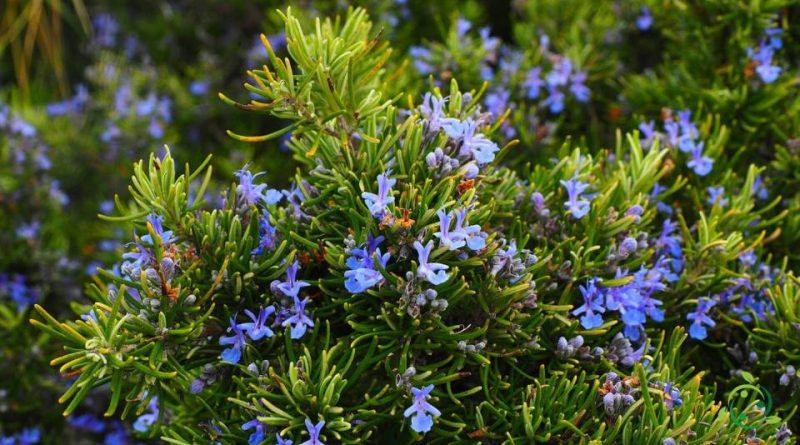How Rosemary reproduces
How Rosemary reproduces
Rosemary (Rosmarinus officinalis, L., 1753) is an aromatic perennial plant of the Lamiaceae family.
This plant is native to the Mediterranean area where it grows in coastal areas, garrigue, Mediterranean scrub, stony and sunny cliffs in the hinterland, from sea level to the hilly area.
Rosemary is an evergreen shrub and in Italy it is present practically throughout the territory, spontaneous or cultivated, from the plain to 800 meters.
Rosemary is a plant that can be reproduced both by seed and by cutting or by division of tufts.
For the details of the cultivation technique, please refer to the following sheet.
Propagation by seed –
In seed propagation, this operation must be carried out from the beginning of spring until April May, in a protected place at about 20 ° C. The seeds normally germinate after 1-2 weeks. Remember that you need to water the seedlings but do not keep the soil too wet as the seedlings tend to wither if the soil is too wet.
Propagation by cuttings –
Another rosemary multiplication technique is that by apical cutting of the new shoots; this technique is quite easy and is applied in spring, taking the basal shoots from the most vigorous plants planted for at least 2/3 of their length in a mixture of peat and sand; more details on how to produce a rosemary cutting are contained in this sheet. Another similar method is propagation by offshoots.
The transplant can be operated in September or the following spring; remember that the plants must be placed in sunny areas, in basically acidic and well-drained soil.

